Is It Possible for Americans to Travel to Cuba? Is Cuba Open for American Travelers?
Yes, Americans can travel to Cuba—but there’s a catch. Unlike many other countries, Cuba requires specific conditions for U.S. travelers due to U.S. government restrictions. This means you can’t just visit for tourism alone, but you can go under one of 12 authorized travel categories. Don’t worry; we’ll walk you through it.
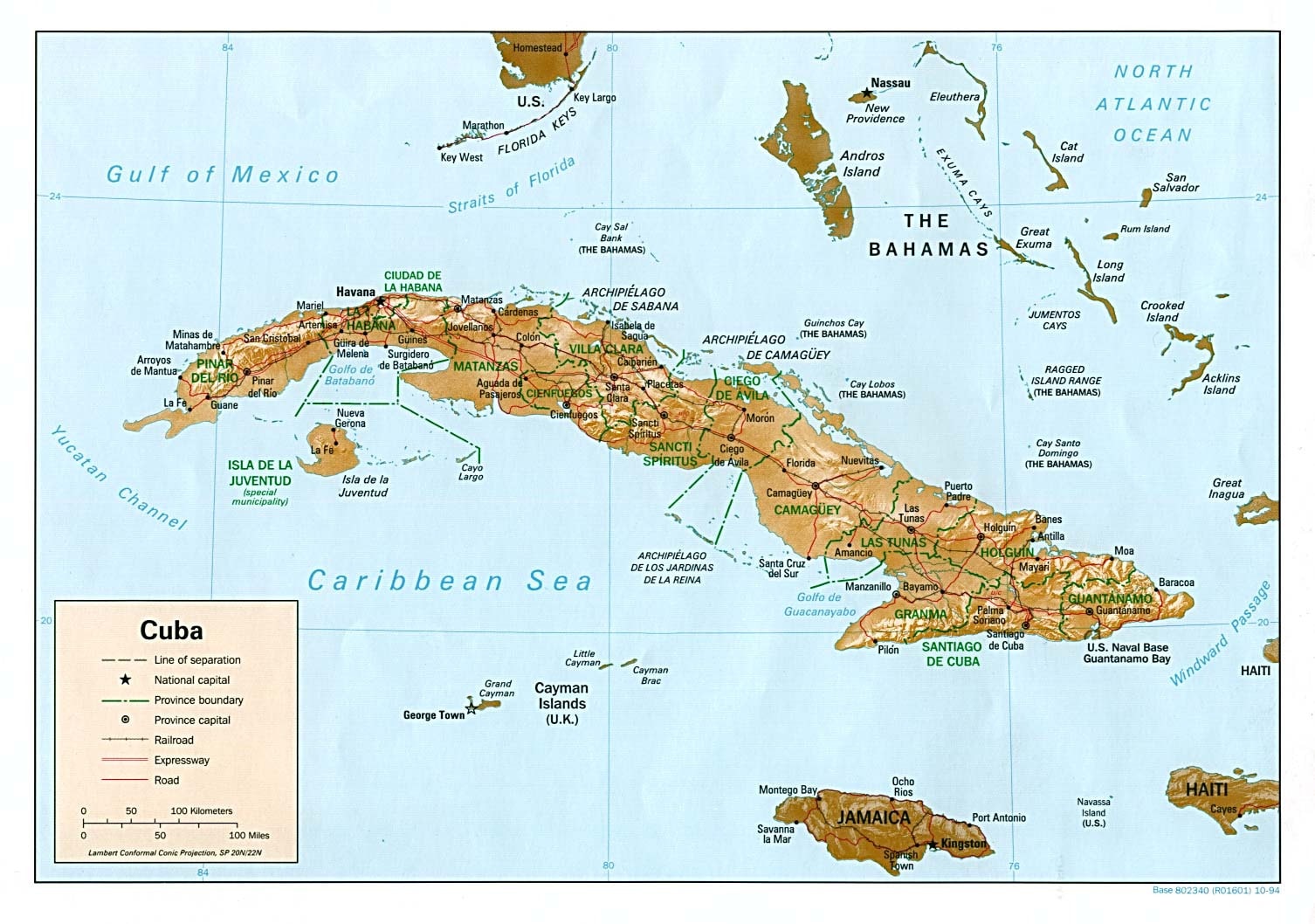
Why Are There Restrictions? Travel Restrictions for Americans Visiting Cuba
The restrictions date back decades, rooted in the political history between the U.S. and Cuba. After the Cuban Revolution in the 1950s, the U.S. imposed an embargo on Cuba, which limits economic and travel activities. This embargo has evolved over time, creating the need for authorized travel categories that dictate how Americans can legally visit.

What Are the 12 Authorized Categories?
Here’s where it gets specific. If you’re an American wanting to travel to Cuba, you need to fit into one of these 12 categories:
- Family Visits
- Official Business (for U.S. government or certain foreign governments)
- Journalistic Activity
- Professional Research and Meetings
- Educational Activities (such as study abroad programs)
- Religious Activities
- Public Performances, Clinics, Workshops, Athletic and Other Competitions, and Exhibitions
- Support for the Cuban People
- Humanitarian Projects
- Activities of Private Foundations or Research or Educational Institutes
- Exportation, Importation, or Transmission of Information or Informational Materials
- Certain Export Transactions
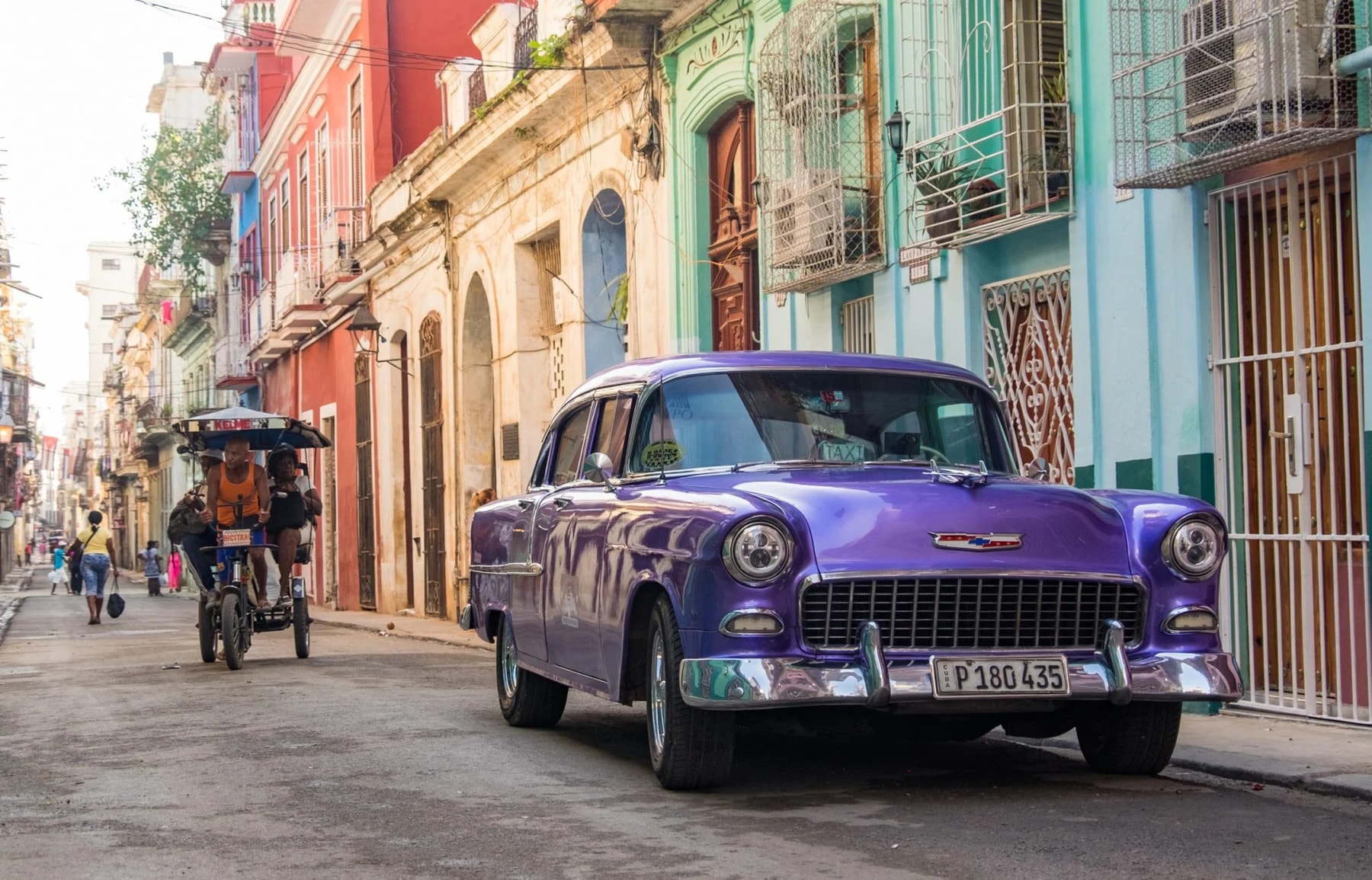
“Support for the Cuban People” is one of the most flexible categories and allows you to experience Cuba in a more authentic way—interacting with locals, staying at local guesthouses, and dining at family-owned restaurants. This is often the best choice for travelers looking to explore beyond the typical tourist spots.
What Do You Need to Travel Under “Support for the Cuban People”?
It’s simpler than it sounds. Traveling under this category means your itinerary should focus on activities that directly benefit or support local Cuban people. For instance, you could:
- Stay at casas particulares (privately owned guesthouses)
- Eat at paladares (privately owned Cuban restaurants)
- Shop at local markets and engage with Cuban artists or artisans
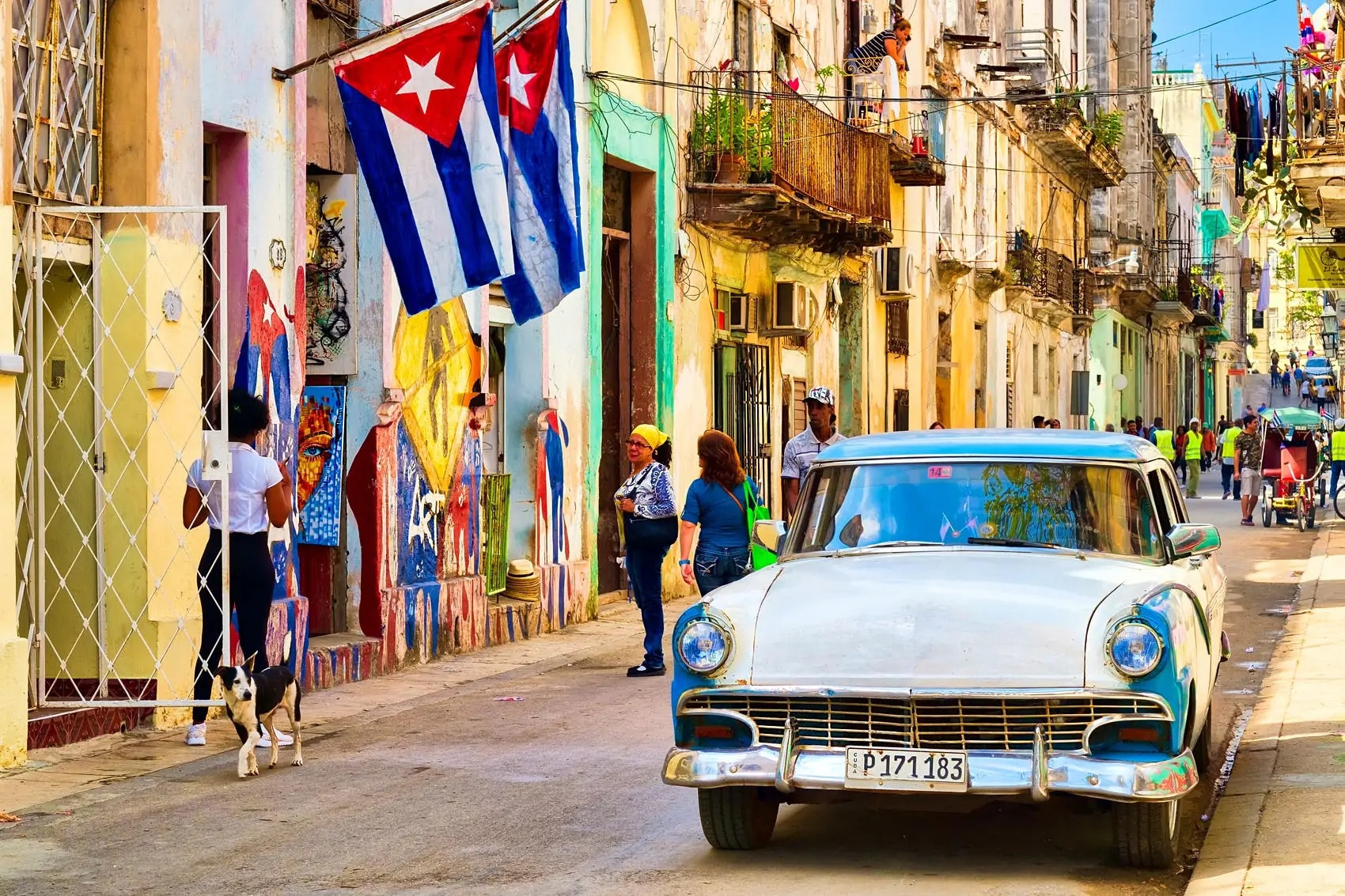
In practice, you’ll need to plan your trip thoughtfully to make sure your activities fall under this category. However, it also offers an immersive way to experience Cuba’s culture, from its vibrant art scenes in Havana to the quiet beauty of Viñales.
How Do You Handle the Paperwork?
The paperwork is pretty straightforward. You don’t need a special visa, but you do need a Cuban Tourist Card. This is available at most airports in the U.S. that have direct flights to Cuba or through online agencies. When booking your flight, check with the airline; they often handle these logistics for you.
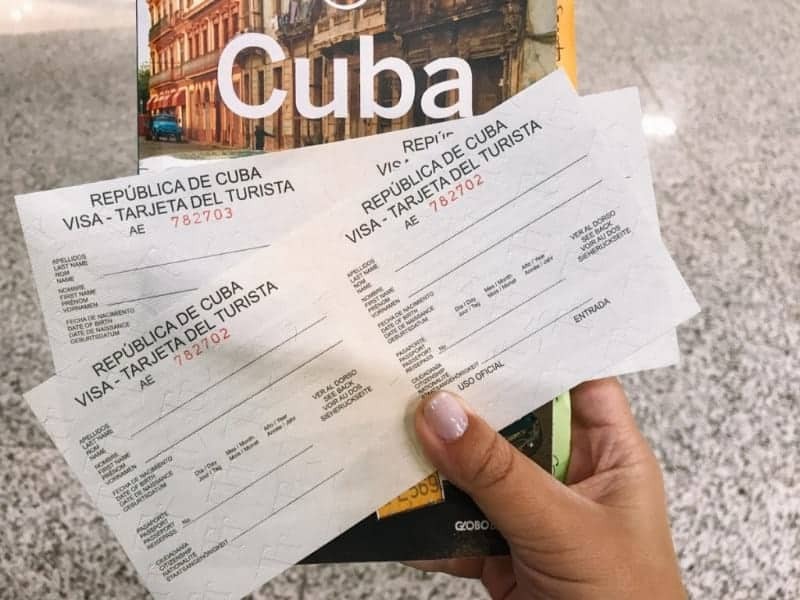
In addition, you’ll need to keep a detailed itinerary and retain any receipts or records of your expenses, in case the U.S. government requests proof that your trip complied with the authorized category.
What About Travel Insurance?
Cuba requires all visitors to have Cuban medical insurance. If your current travel insurance doesn’t cover Cuba, you can purchase insurance at the Cuban airport upon arrival. Some airlines include this insurance in the cost of the ticket, so it’s wise to double-check before your departure.
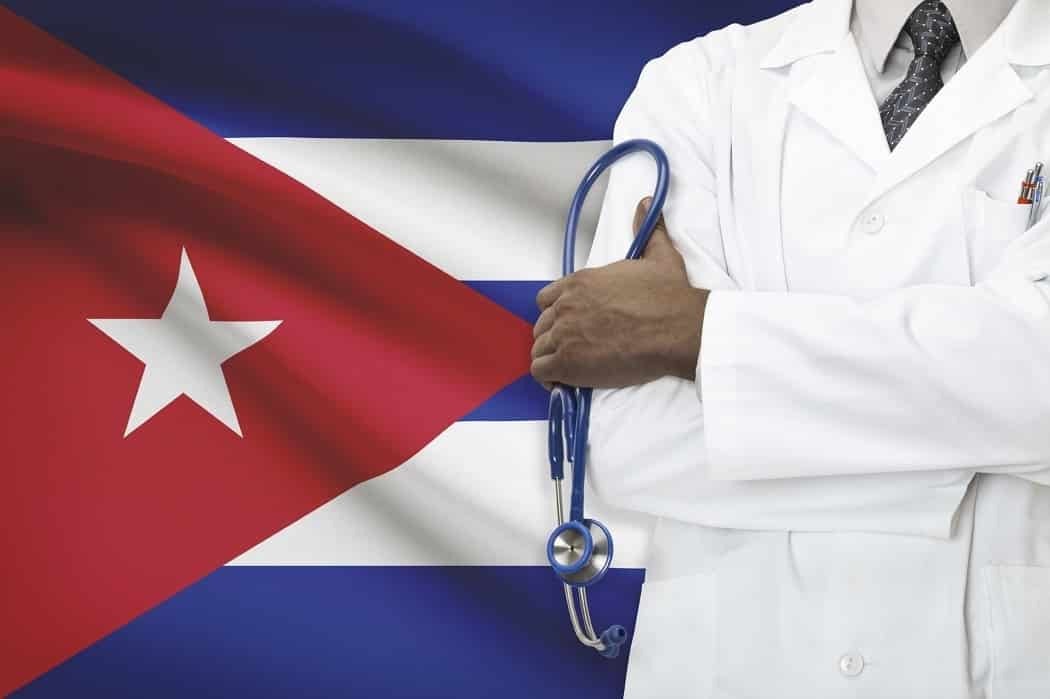
Can You Use American Credit Cards in Cuba?
Unfortunately, most American credit and debit cards won’t work in Cuba. This is an important part of planning because you’ll need to bring enough cash for the entire trip. Euros and Canadian dollars are often easier to exchange than U.S. dollars due to a currency surcharge, so it’s worth converting your money before arriving in Cuba.
How Do You Access the Internet in Cuba?
Internet access in Cuba isn’t as straightforward as in other countries, so prepare for limited connectivity. Most hotels and parks offer Wi-Fi hotspots, but you’ll need to buy an ETECSA Wi-Fi card to connect. These are available from hotels, kiosks, or local vendors. It’s also a chance to unplug a bit and enjoy Cuba’s timeless charm.
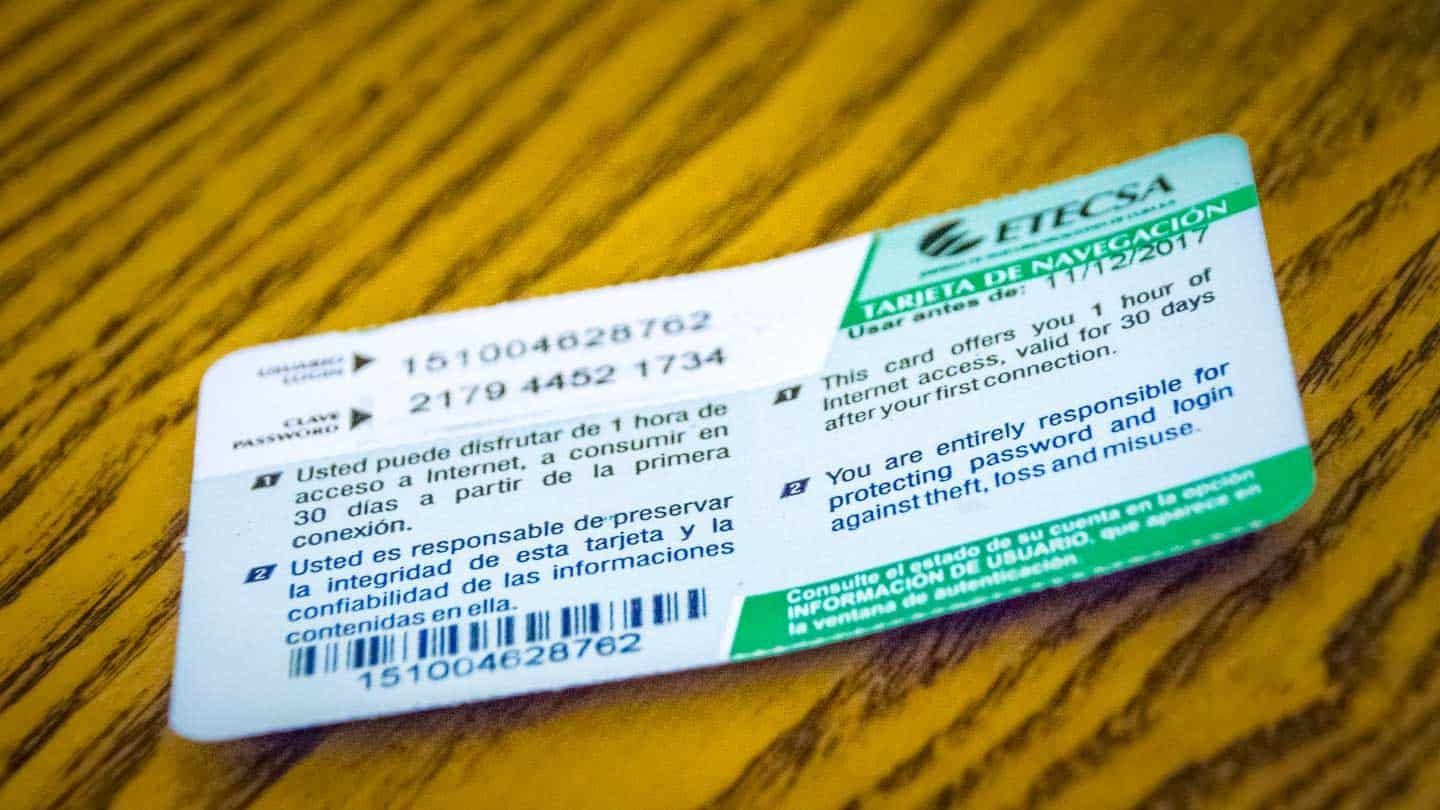
What’s the Best Way to Explore Cuba?
Once you’re set with the logistics, it’s time to explore. Havana is a must-visit with its old-world architecture, vibrant street life, and famous vintage cars. But don’t miss the lesser-known gems:
- Viñales Valley – Known for its tobacco farms, limestone mountains, and rich rural culture.
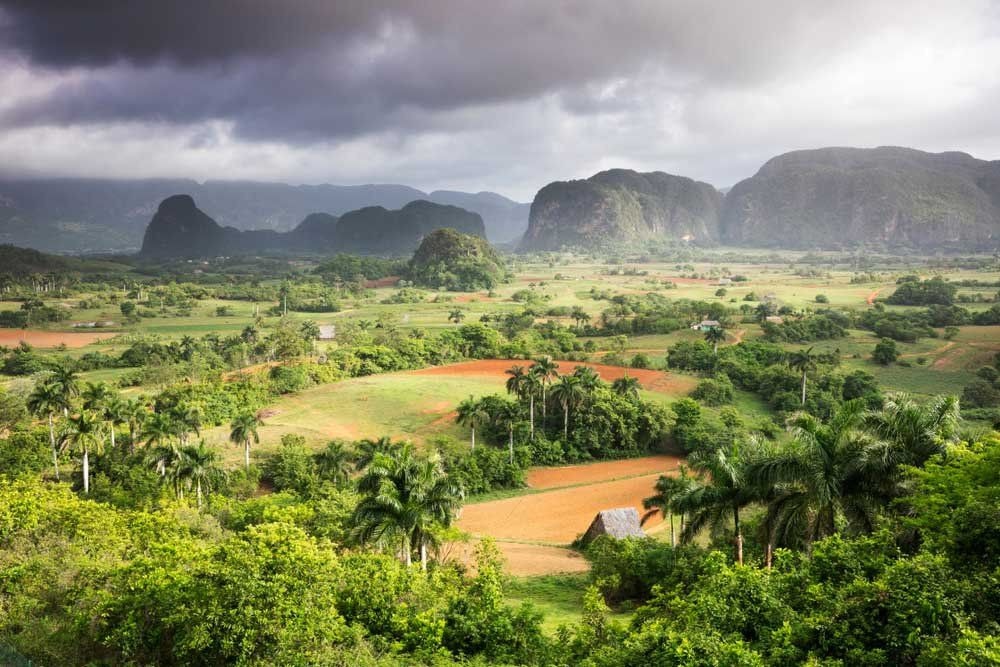
- Trinidad – A beautifully preserved colonial town with cobblestone streets and stunning colorful facades.
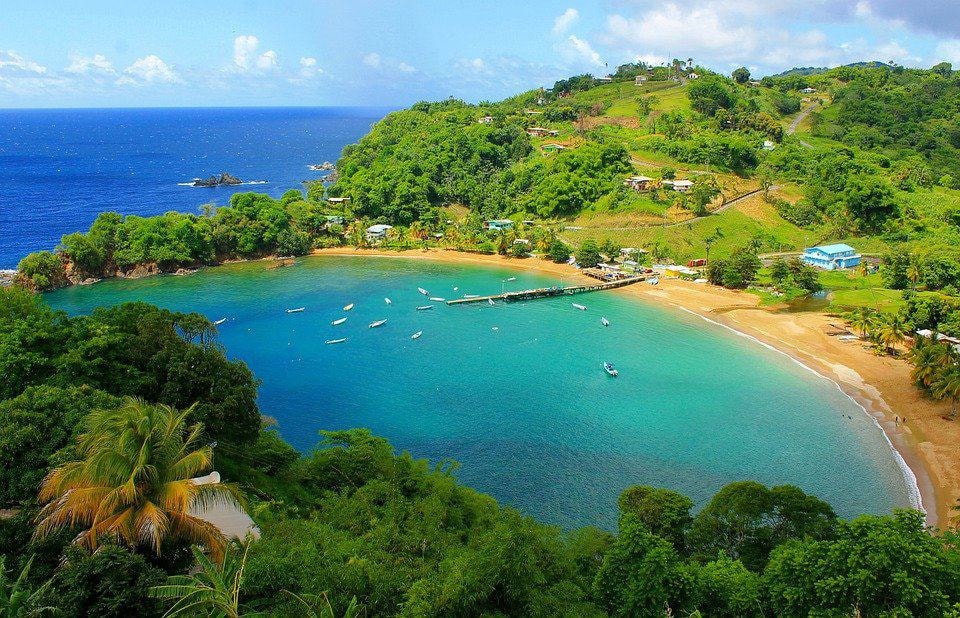
- Santiago de Cuba – Often called the soul of Cuba, this city pulses with Afro-Cuban culture and music.
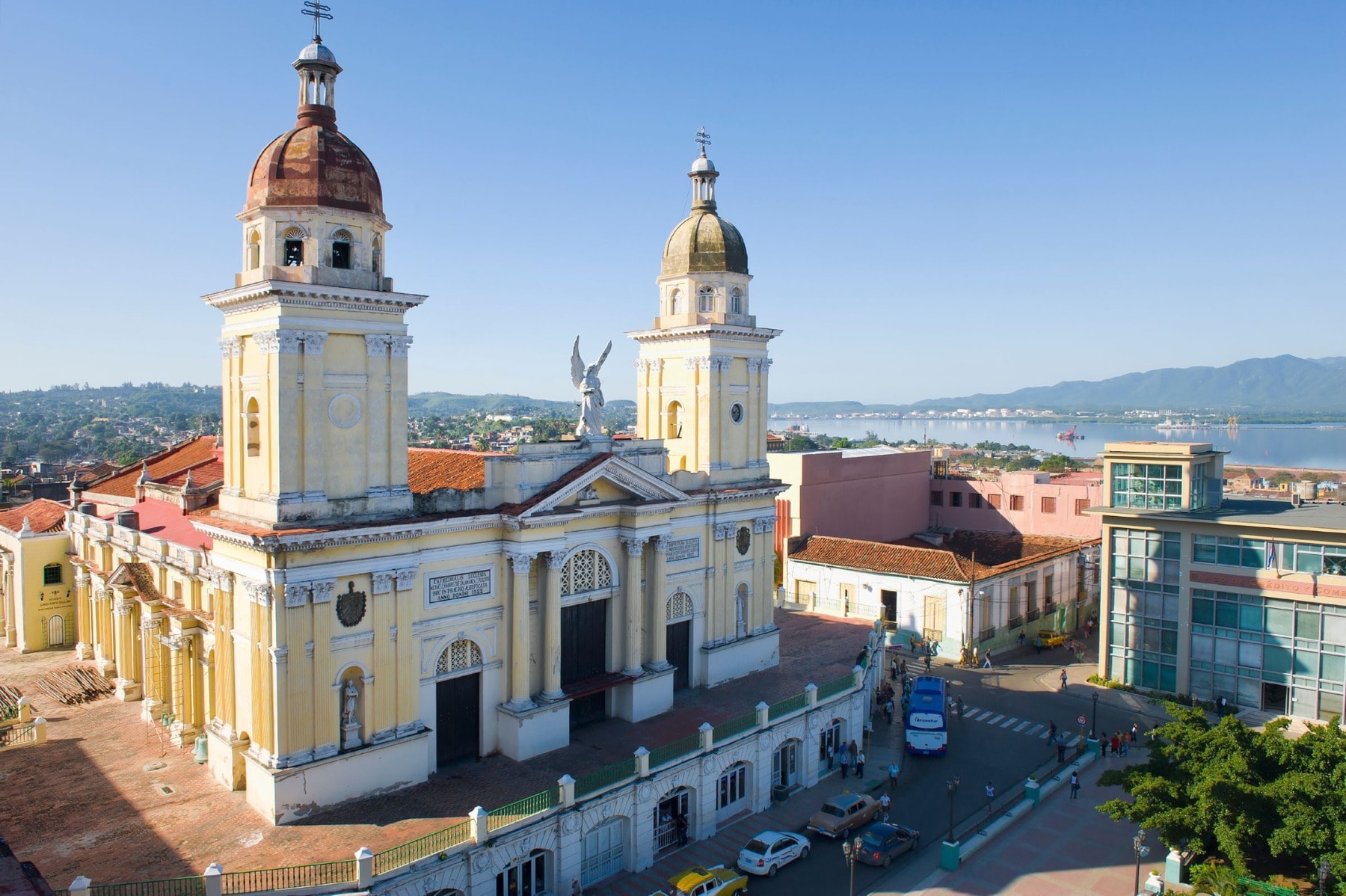
Each region has its own flavor, and as a traveler supporting local businesses and communities, you’ll find a deeper connection to the culture that goes beyond the typical tourist experience.
Final Thoughts
Traveling to Cuba as an American takes a bit of extra planning, but it’s an unforgettable experience worth every detail. By following the guidelines, respecting the local culture, and supporting Cuban businesses, you can have an enriching trip that benefits both you and the people you meet along the way.
So, ready to dive into Cuba’s colorful landscapes and vibrant culture? TravelersNetwork is here to help you make it happen—no matter how unique the journey may be.

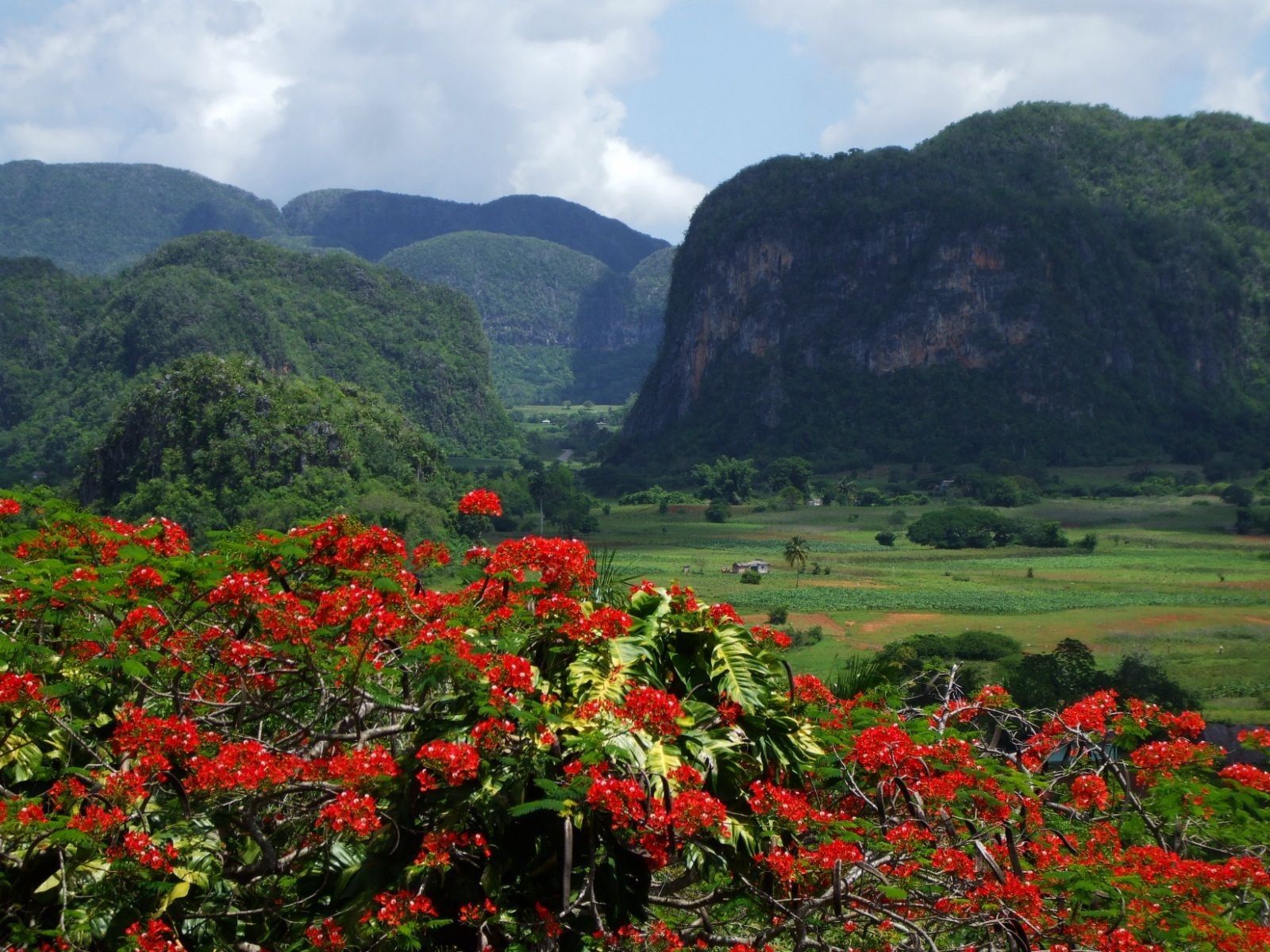


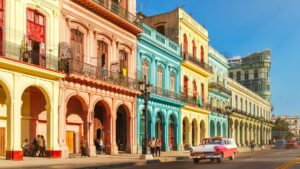

Leave a Reply